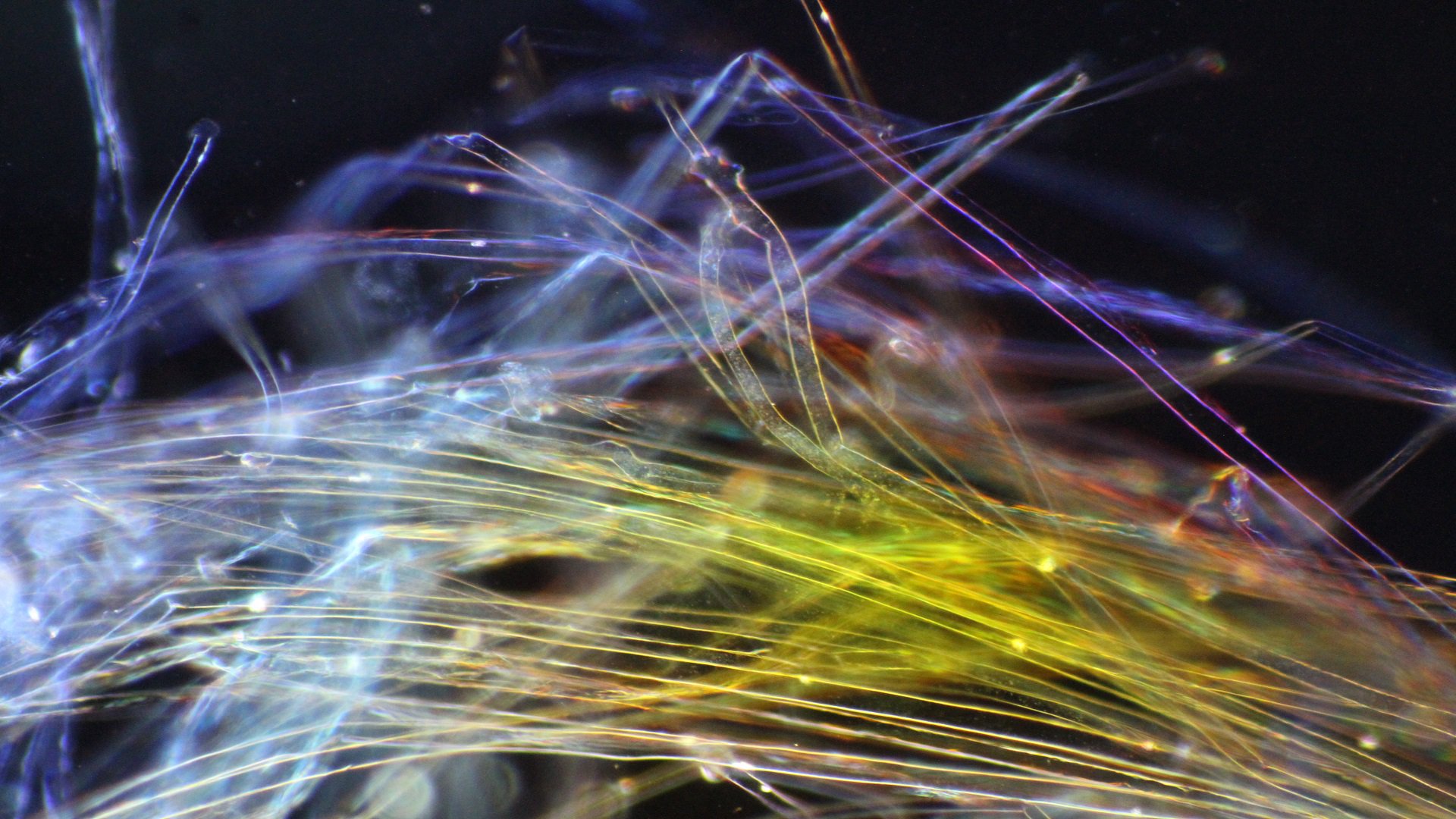Worldwide, tempeh is eaten as a sustainable and healthy alternative to meat. It is made from soybeans, but without a special fungus it would not exist. The fungus Rhizopus oligosporus binds the beans together with its mycelium and transforms it into a much more nutritious product.
Worldwide, tempeh is eaten as a sustainable and healthy alternative to meat. It is made from soybeans, but without a special fungus it would not exist. The fungus Rhizopus oligosporus binds the beans together with its mycelium and transforms it into a much more nutritious product.
The hyphae of Rhizopus oligosporus not only keep the soybeans together, they also partially break down the beans. We call this fermentation . Through this process nutrients are released, and the fungus keeps possible pathogens at bay.
Fermentation
Fermented products are made using microorganisms. They convert certain molecules in the starting product. A product with a different smell, structure, taste, shelf life, and digestibility is the result. Examples of fermented products are beer, yoghurt and tempeh.
During the fermentation process of tempeh, Rhizopus oligosporus pre-digests the soybeans for us using special proteins. That is why tempeh is an ideal product for people, because we cannot really digest the proteins in unfermented soybeans.
There are more benefits. The fermentation also increases the absorption of minerals like zinc, iron and calcium. These minerals are important in staying healthy. Rhizopus oligosporus furthermore makes a natural antibiotic , even after consumption. This is why tempeh is seen as a natural cure for dysentery in Indonesia.
Discovered by accident
Lots of fermented products have been used for thousands of years. For 10.000 years, yeast has been used to ferment a flour slushy to beer, and is it used to make fluffy bread for about 3.000 years. Back in the day people had no idea that these tiny microbes were the ones that made these the processes possible. As is the case with the use of Rhizopus oligosporus, which is used for the fermentation of soybeans producing tempeh.
In Asia, people use leaves of hibiscus plants among others to store cooked soybeans. Rhizopus oligosporus lives on these leaves. Once the beans are rolled in the leaves, the fermentation process starts. This is how about 200 years ago a better digestible and tasty product was described: tempeh. Next to hibiscus leaves, people also use banana leaves or teak leaves.
Tempeh starter culture
Currently, it is not necessary to use leaves. Rhizopus oligosporus is commercially available as starter culture. It is also possible to use a piece of tempeh as ‘ starter ’ to make new tempeh. To produce tempeh, first the soybeans are soaked in water, hereafter they are cooked. A dryer dries the cooked beans. When they are totally dry, the tempeh starter culture is added: the spores of Rhizopus oligosporus.
Instead of hibiscus leaves, plastic bags or containers are used for the incubation. It takes one or two days for the mycelium of fugus to bind the beans together. The incubation temperature is nice and warm, about 30 degrees. After wrapping, the tempeh is ready for transport and available in a store near you, so it can end up on your plate.

